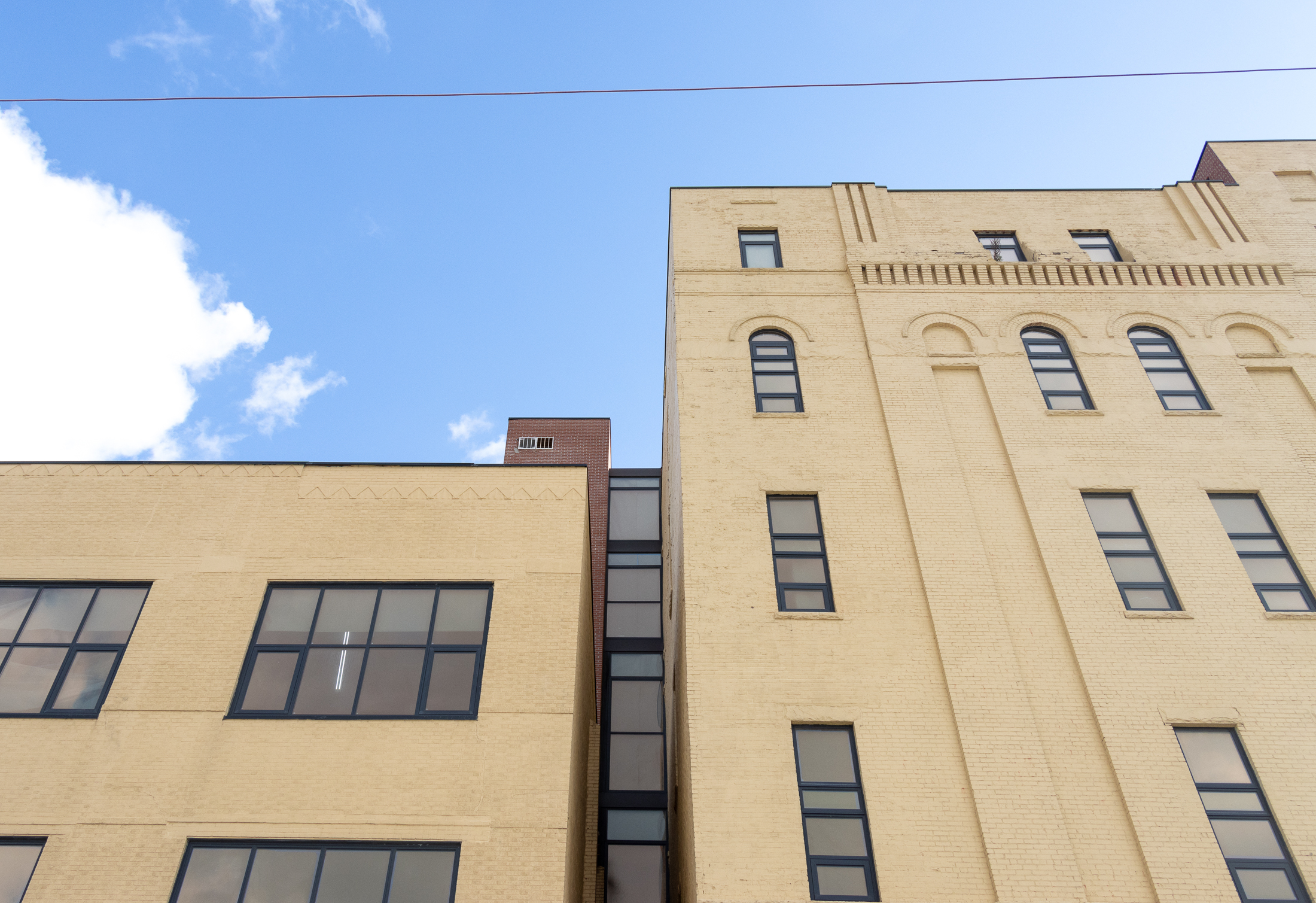A Pair from Jamaica Estates
Hillside Avenue runs nearly continuously in a fast and furious pace from Myrtle Avenue in Richmond Hill to Jericho Turnpike in central Nassau County. One of the rather more obscure landmarks found along one of the road’s rare curves was, in fact, moved to its present position to facilitate Hillside Avenue’s very fast-and-furious-ness. When the…

Hillside Avenue runs nearly continuously in a fast and furious pace from Myrtle Avenue in Richmond Hill to Jericho Turnpike in central Nassau County. One of the rather more obscure landmarks found along one of the road’s rare curves was, in fact, moved to its present position to facilitate Hillside Avenue’s very fast-and-furious-ness.
When the Civil War Soldiers and Sailors Monument, sculpted in 1896 by Frederick Wellington Ruckstuhl (among whose other works are the statue of Minerva in Brooklyn’s Green-Wood Cemetery) was unveiled, it was in a traffic island smack in the center of Hillside Avenue at the intersection of Merrick Boulevard. Postcards from the early 20th century show a rural-tree-lined boulevard with the triumphant “Victory” raising her wreath and torch. As the century wore on, though, urbanization came to central and eastern Queens, and Hillside Avenue’s carriage-road aspect became ever more motorized and traffic-choked, and by the 1950s, Victory was holding up ‘progress.’
In 1960, she was moved off to the side of the road, to a crescent-shaped park defined by Hillside Avenue, 173rd Street and Warwick Crescent named for World War I casualty Major John W. Mark. The park also features a red-colored minimalist shaft, a 1973 work by artist Roger Balomey “not” titled as Untitled #1. Thus, there are two sculptures in Major Mark Park, neither of which is of Major Mark.
About a block away we find the 1938 Collegiate Gothic Mary Louis Academy/Archbishop Molloy Retreat. The Academy, which restricts its applicants to young women, was founded in 1936 by the Congregation of the Sisters of St. Joseph of Brentwood, NY; the ambition of their then-Mother Superior, Sr. Mary Louis, was to found such a school.
The location of the school, on Wexford Terrace between Dalny Road and Edgerton Boulevard, is on a hillside plot picked out by Sr. Mary Louis herself while traveling east on the Long Island Rail Road, a few blocks to the south. The site, however, part of an estate called Rose Crest, had already been purchased by the Passionist Fathers of the Immaculate Conception Monastery, who also hoped to build a boys’ academy there. Archbishop Joseph Molloy intervened and prevailed upon the Passionists to sell Rose Crest to the Sisters of St. Joseph at cost, without profit. From 1935-1938 classes were held in what is presently the Mary Louis Convent, a converted mansion adjoining the present Academy building.
Architect Henry Murphy based the new Academy on the Sterling Law Building on the Yale University campus. Additional wings were built in 1957, while the school continues to add new laboratories in computer, physic and earth sciences.










What's Your Take? Leave a Comment